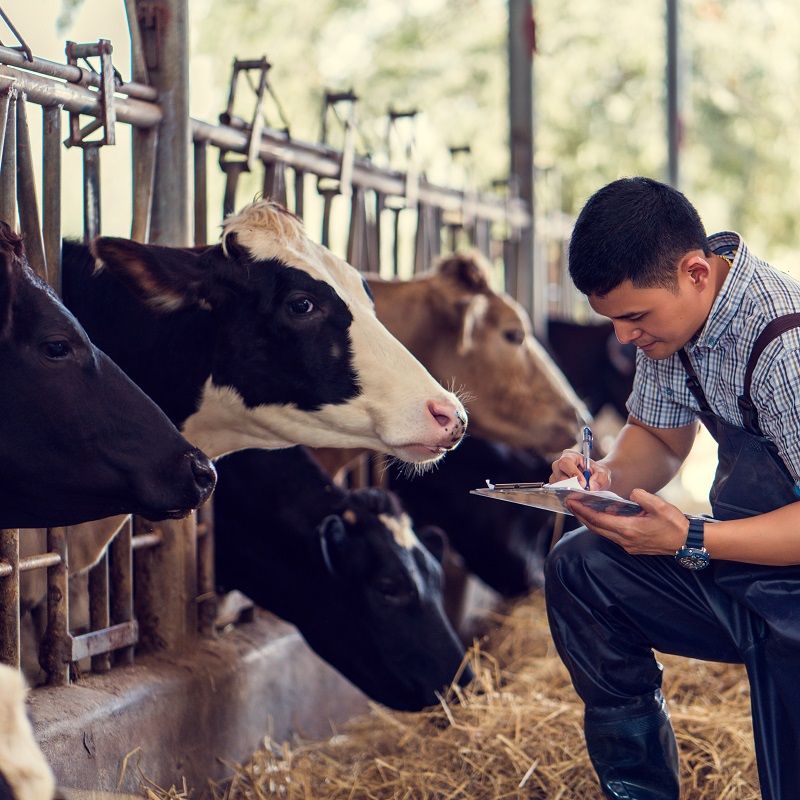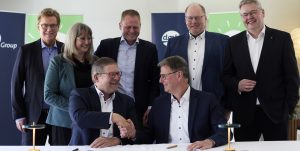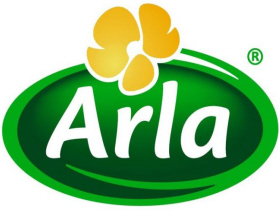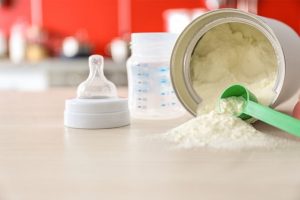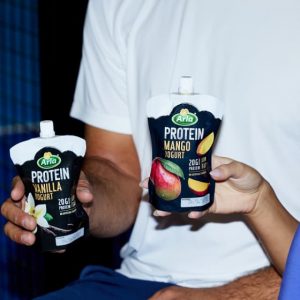
Revenue increased by 23.2% to US$14.8 billion (€13.8 billion) compared to US$12 billion (€11.2 billion) in 2021. Arla says the growth was driven almost exclusively by increased prices, which were influenced by an increase in commodity and retail prices resulting from “stagnating supply and steady demand.”
Some notable rises include Arla’s average prepaid milk price increasing by 40.5%, from 37.0 EUR-cent/kg in 2021 to 52.0 EURcent/kg in 2022. Also, its performance price, which measures the value Arla adds to each kilo of its owners’ milk, is 55.1 EUR-cent/kg, a 38.8% increase compared to 2021.
Arla notes that branded volume growth slowed down in 2022 as the cost of living crisis impacted consumers and stressed the value chain. Reduced consumer spending power, particularly in Europe and Africa, led consumers to trade for cheaper products and consume less dairy.
The company flags that by the end of 2022, the European dairy category demand was down approximately 5% compared to the same time in 2021.
As a result, the cost of living crisis hit Arla’s brands, although the impact was limited.
“The cost of living crisis impacted us across the world, particularly affecting our brands which, while they continue to be a key value creator for our business, declined volumes by 3.2%,” says Arla CEO Peder Tuborgh.
“Some exceptions to this were our foodservice brand Arla Pro, Arla Protein and our Starbucks business, which all contributed with positive growth rates. Our international business also grew volumes with Puck performing well in the Middle East.”
Steady growth in a harsh climate
Arla’s business ventures are divided into four sections, each reporting decent numbers compared to the prior year.
Arla Europe noted that high inflation led to significant price increases across the Europe Zone. Revenue increased by 17.4% to US$8,356 million (€7,771 million) compared to US$7,119 million (€6,621 million) in 2021, although the butter and separable category suffered a 7% decline.
Arla’s Netherlands/France/Belgium cluster experienced 1.3% branded growth. Arla Protein grew by 48.1% and Arla Pro grew by 20.4%.
Arla’s International Zone grew revenue by 17.2%, up US$2,648 million (€2,463 million) from US$2,259 million (€2,101 million) in 2021. Arla notes that most of the development resulted from price increases, which it says were “necessary to offset the increasing production costs.”
Branded volume growth increased, with North Africa’s volume growing by 4.4% and Southeast Asia’s by 21.3%, although businesses in China faced difficulty with the country’s total COVID-19 lockdown throughout the year.
The overall share of milk solids sold by Arla’s Global Industry Sales rose to 23.6%, compared to 22.1% last year. The business unit’s revenue increased directly from commodity price increases. Arla notes that “strong global industry sales were a key driver behind the competitive milk price to Arla’s farmer owners.”
Successive profits
Arla’s windfall is being partially passed on to many farmers and dairy cooperatives working with or in the company.
”2022 was a year dominated by inflation and uncertainty for both farmers and our company,” says Arla Foods Chairman, Jan Toft Nørgaard.
“As a cooperative, we took a historic step in 2022 with the decision to introduce a sustainability incentive that ties the individual farmers’ milk price to sustainability activities and performance. A total of up to €500 million (US$537 million) will be redistributed every year, showing our ambition to be at the forefront of progressive dairy farming.”
Balance restored in dairy market
Despite this intense year, Arla anticipates further difficulties in the market.
“2023 will undoubtedly be another difficult year with the challenging economic environment globally and the ongoing effects of the war in Ukraine continuing to impact the energy market and supply chains,” says Tuborgh.
“We are currently seeing some easing of cost pressure on farmers, and as a result, we expect the supply and demand balance to be restored on the dairy market for 2023. Commodity prices, however, began a sharp decline during the fourth quarter of 2022, and we expect a further decrease in the commodity markets in 2023. We also expect to see a continued slow-down in branded growth due to reduced buying power of consumers and fear of recession.”
Arla concludes that the economic impact is most severe in 2022 and 2023, and “Arla expects a return to growth conditions from 2024.”
Based on these forecasts, Arla expects its branded volumes to decline by 3.5% to 1.5% in 2023. It expects to start growing its volumes again from 2024 onwards in the strategy period in the range of 1-4%.
